Art crawl at Jongro Pt.1 MMCA Seoul: Lee Kang-so’s "Where the Wind Meets the Water"


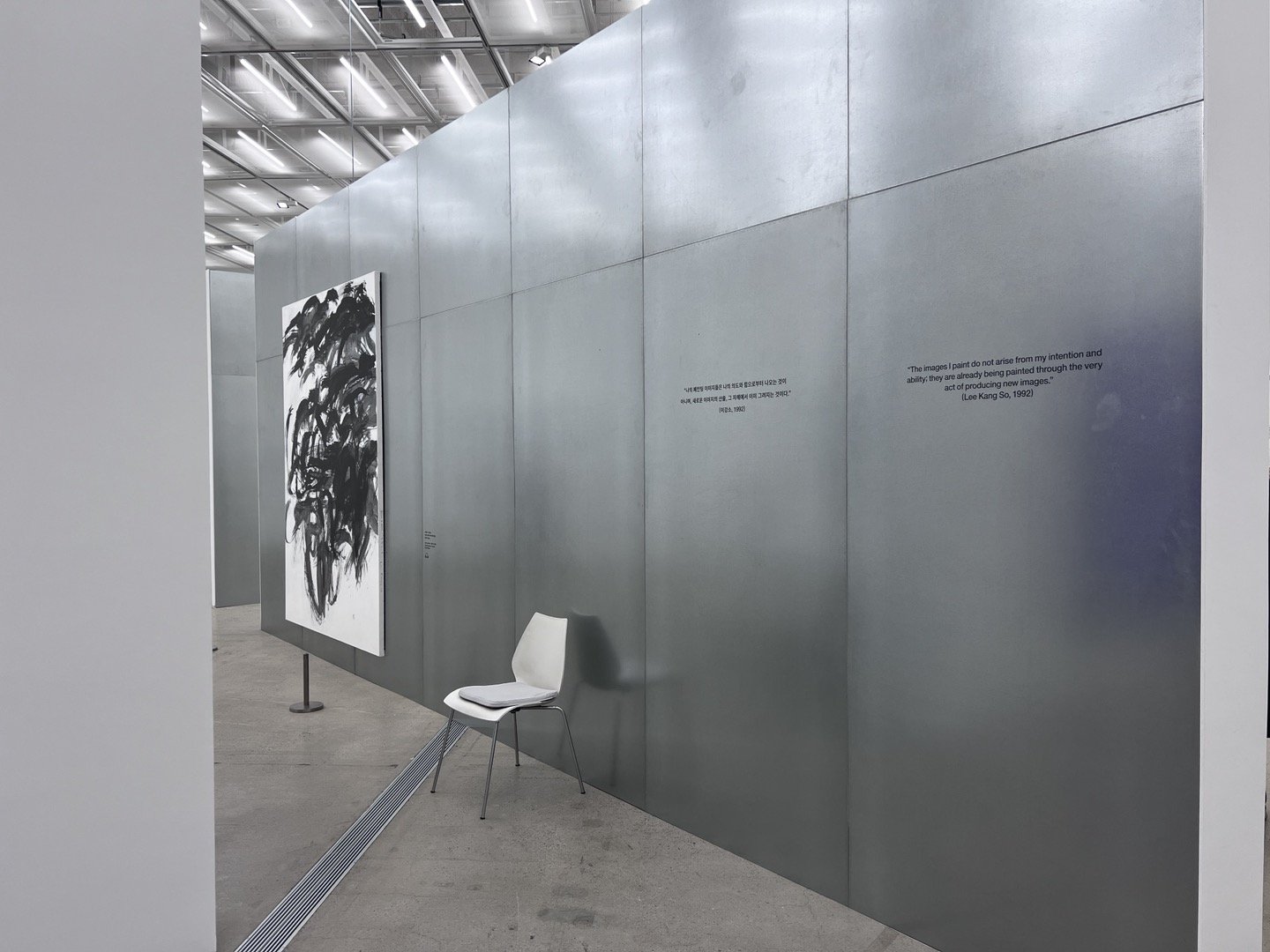
After spending a few days exploring galleries around Seoul, my next stop was the National Museum of Modern and Contemporary Art (MMCA) for Lee Kang-so’s exhibition, Where the Wind Meets the Water. The title itself set the mood perfectly—poetic, quiet, and slightly mysterious.
What stood out immediately for me was how the exhibition emphasized Lee’s core belief: art is meant to be felt and interpreted freely. I couldn’t agree more. Of course, reading an artist’s explanation can deepen your understanding, but there’s something genuinely special about approaching art without any preconceived ideas. After all, isn’t art supposed to speak differently to each person?
Lee Kang-so: Between Reality and Imagination
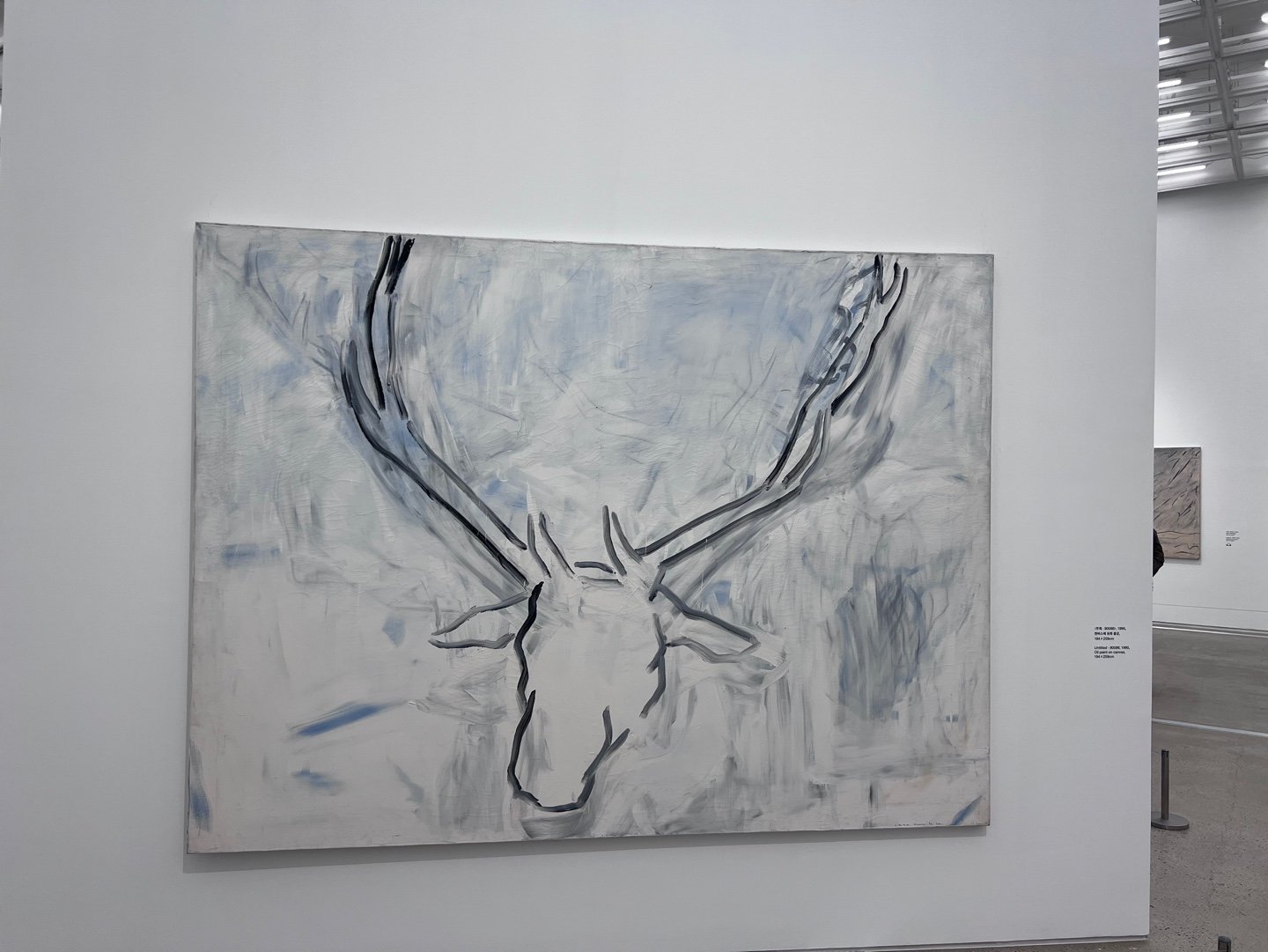


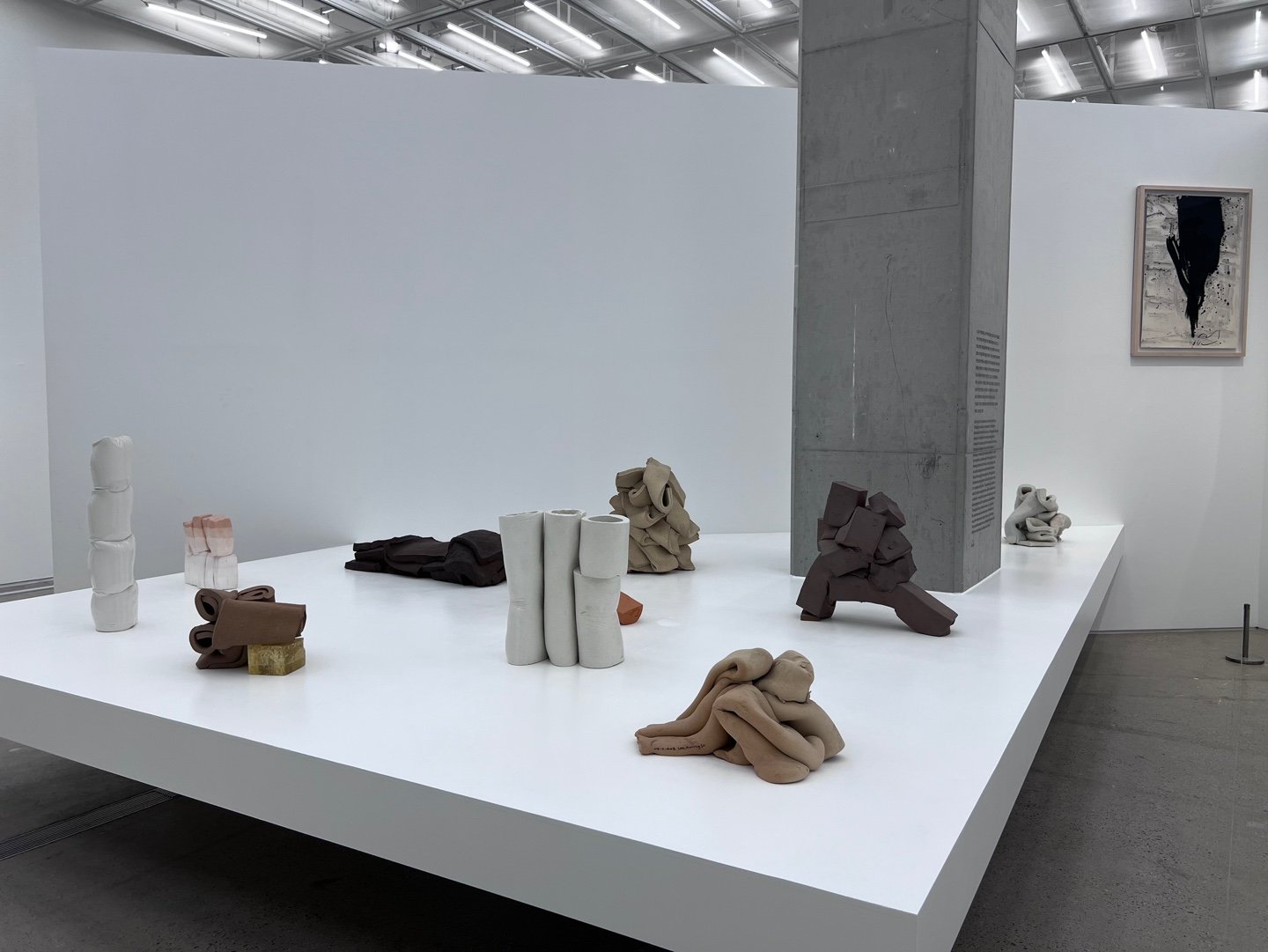
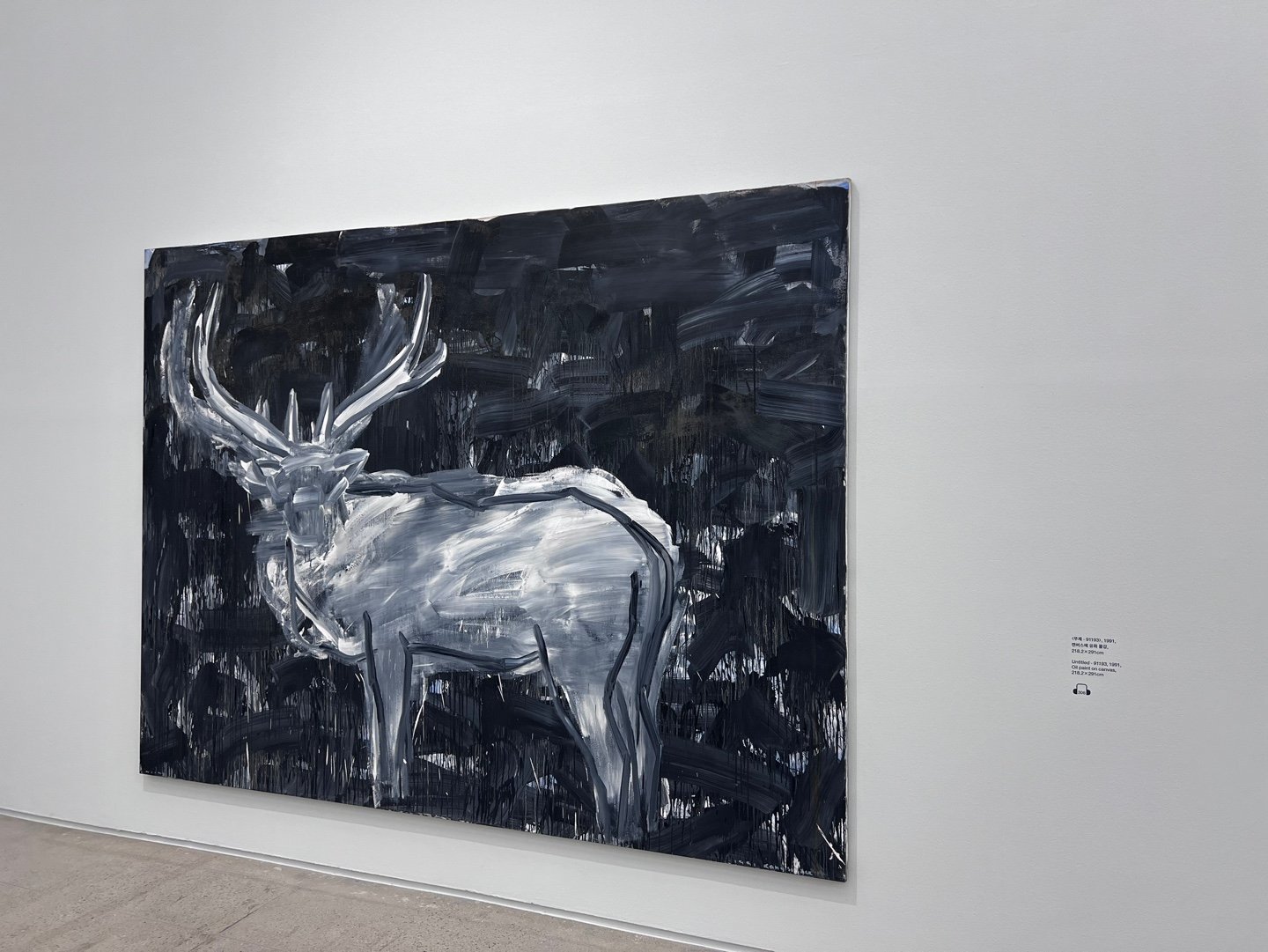

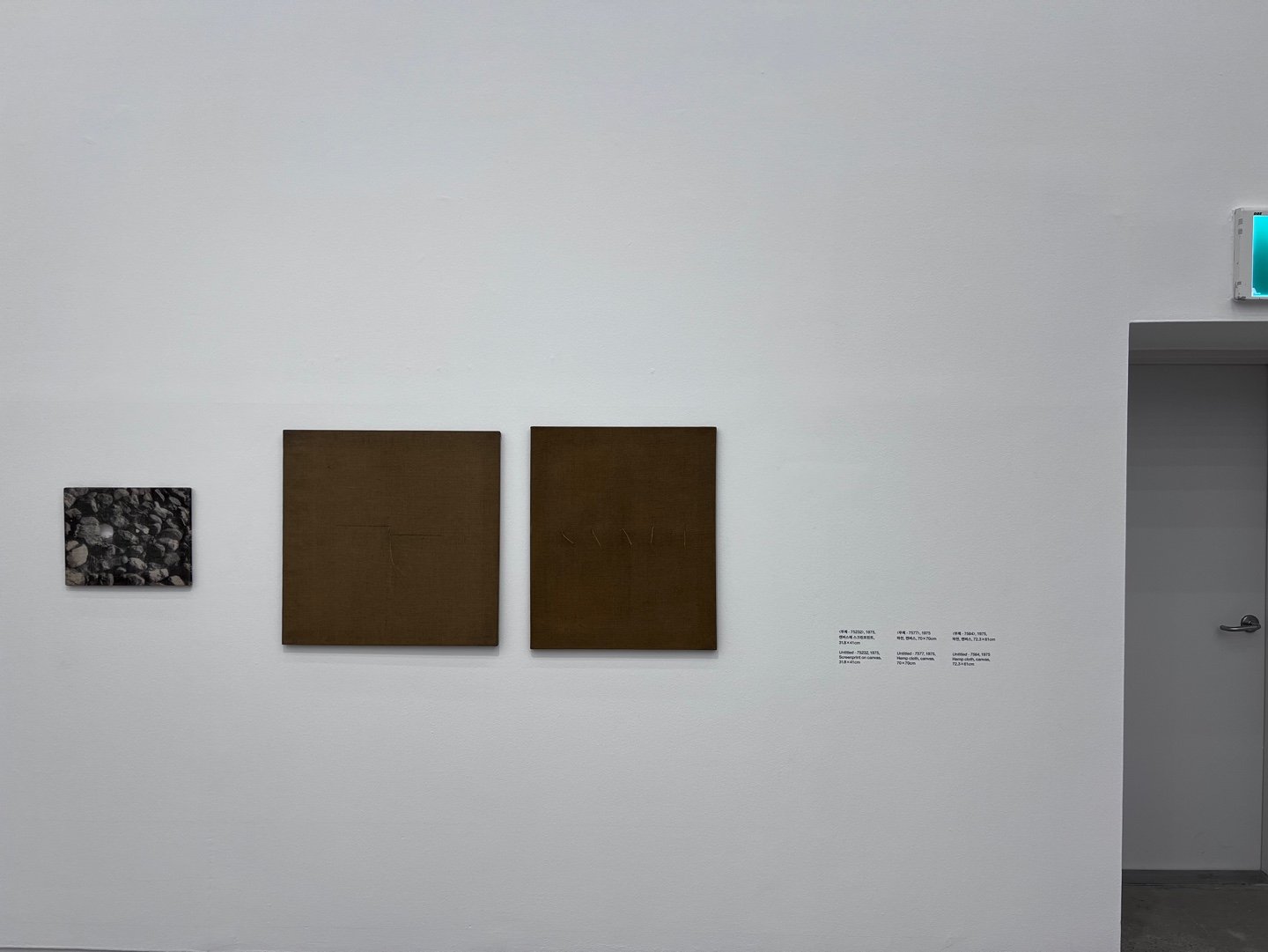
Lee’s paintings are fascinating, to say the least. I particularly loved his works featuring reindeer and ducks, subtly mixed with simple houses and nature. His paintings didn’t just capture my eyes; they genuinely made me pause and think, “Wow.” There’s an almost magical quality to his brushwork—fluid yet bold. The deer, in particular, seemed to shimmer on the canvas, halfway between reality and imagination. It felt as though they might disappear if you stared too hard.
His duck paintings had a similar effect. They're minimalistic but carry an emotional depth that leaves an impression. I found myself genuinely struck by his style—it’s the kind of art that makes you stop, stare, and say, "WOW."
Rediscovering Lee’s Early Works


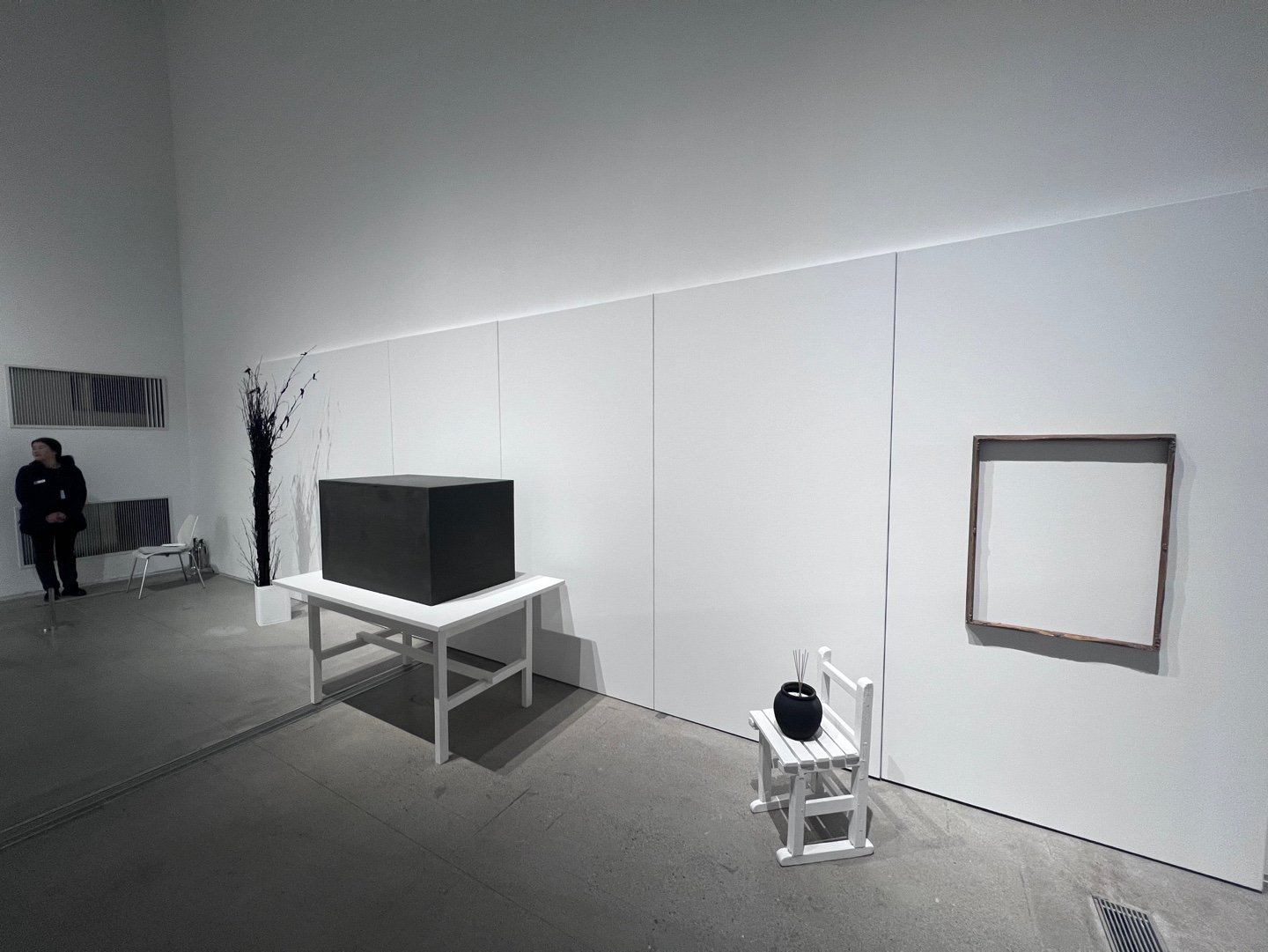
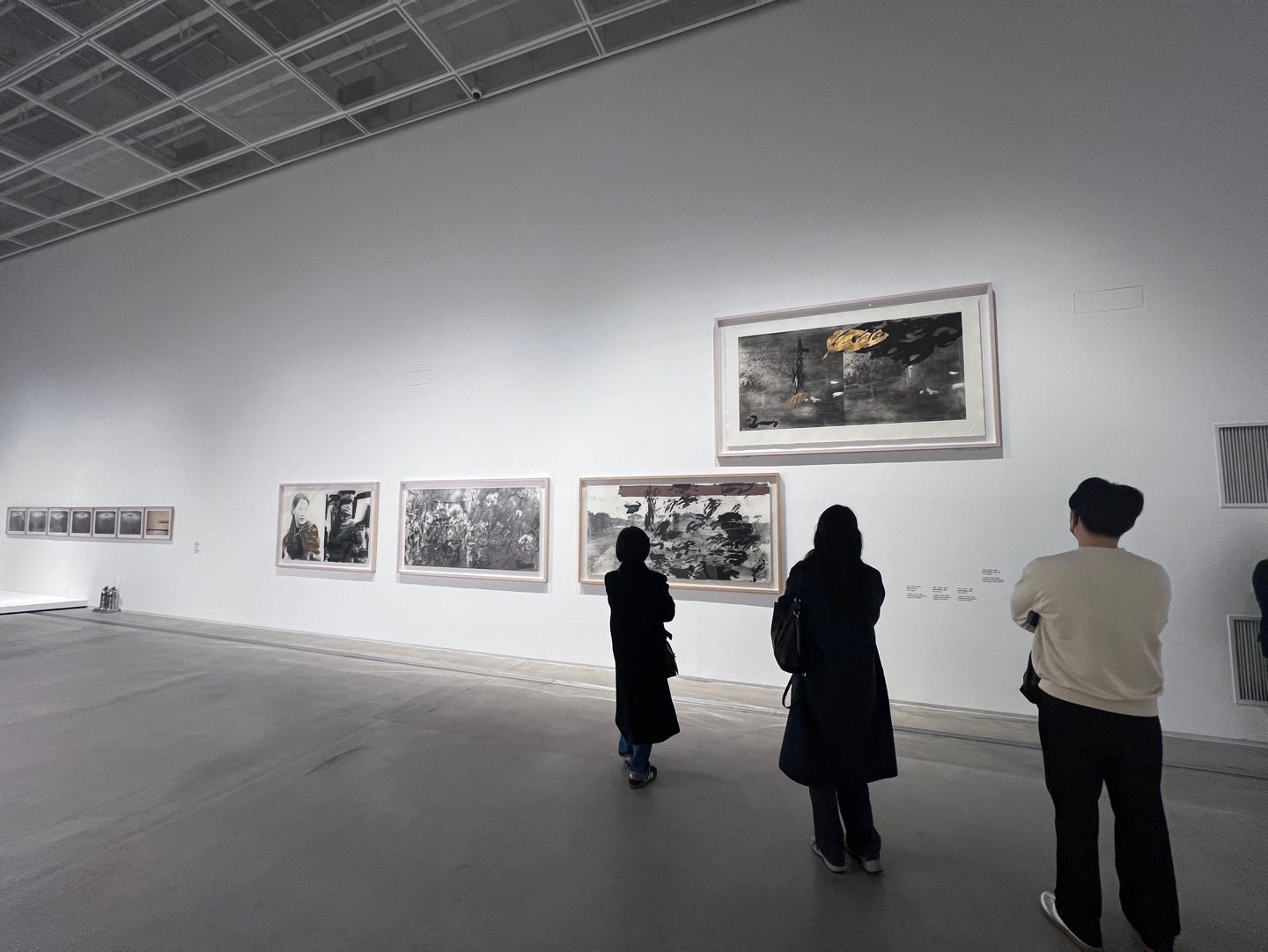
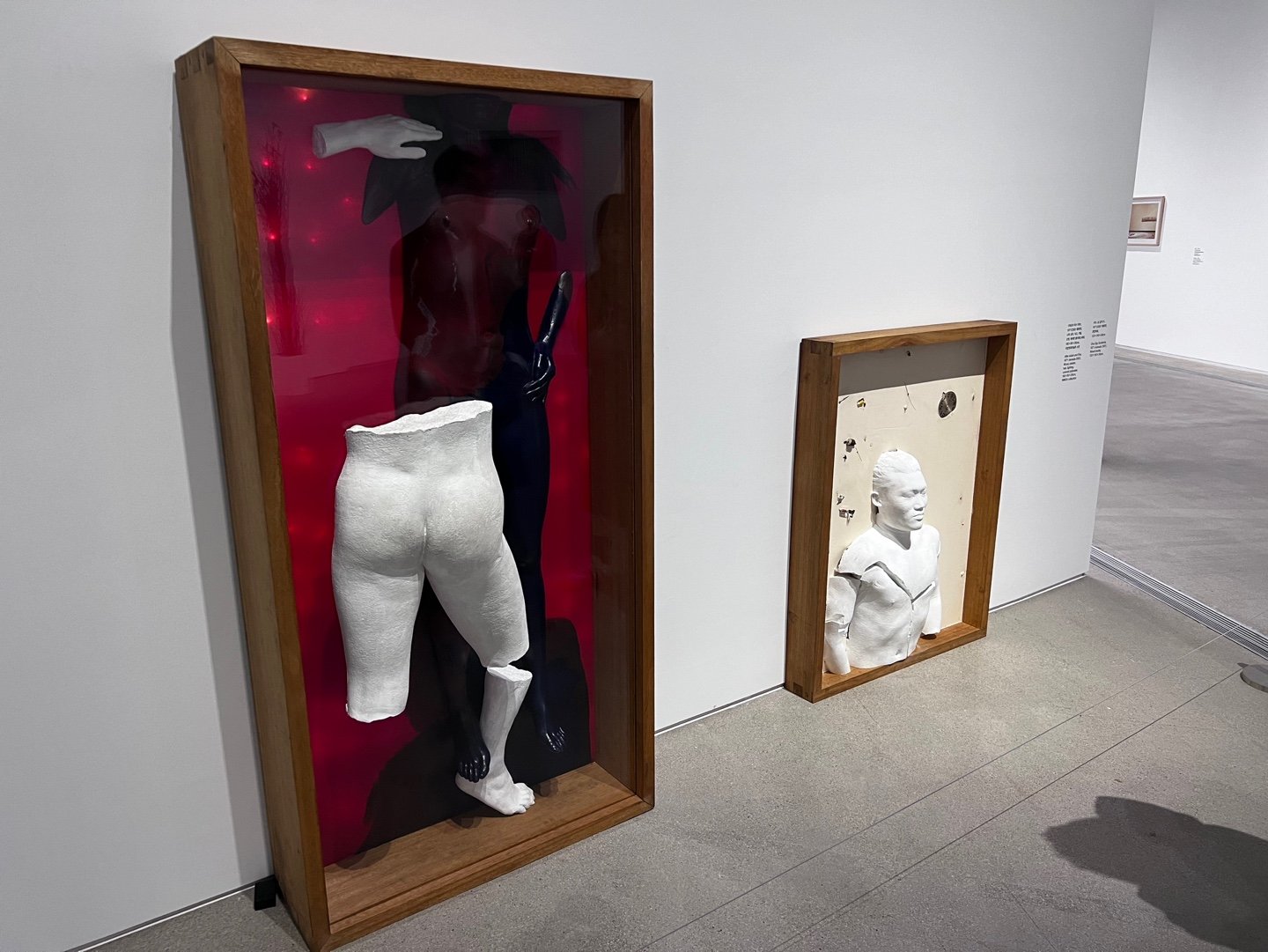


Another highlight of this exhibition was Lee Kang-so’s earlier works from the 1970s. Surprisingly, these aren’t very widely known, but they're incredibly innovative. He was definitely pushing boundaries even then. In one of his iconic early works, he staged an entire mock funeral for "outdated modern art," challenging traditional artistic norms with humor and a hint of rebellion. Another piece involved turning a gallery into a makeshift bar, completely dissolving the boundary between daily life and art. These early projects were bold, playful, and just a little rebellious—exactly my cup of tea.
A Smaller Exhibition, But Big Impact
Overall, the exhibition wasn't huge, but it didn't need to be. It was thoughtfully curated, each piece chosen to clearly highlight Lee’s artistic philosophy—art is personal, subjective, and open-ended. Lee's intention was obvious without being forced, making the experience both accessible and inspiring.
Would I recommend it? Definitely, especially if you enjoy art that invites you to form your own meaning rather than telling you what to feel. Lee Kang-so’s work is proof that sometimes, less is truly more.
Stay tuned—I’ll be sharing more art adventures soon!